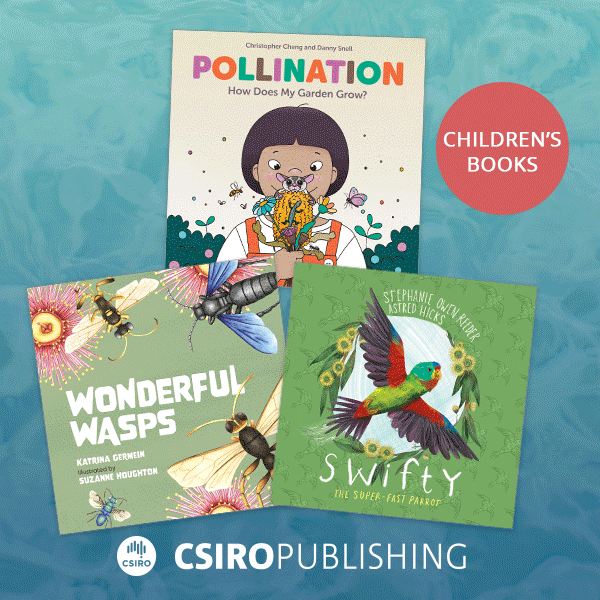
Have you ever wanted to draw really small pictures? Here’s a trick – you can just draw normal sized ones, and then use some special plastic to shrink them!
![]() Safety: This activity uses an oven. Ask an adult to supervise. Use oven mitts and avoid touching hot surfaces.
Safety: This activity uses an oven. Ask an adult to supervise. Use oven mitts and avoid touching hot surfaces.
You will need
- Plastic containers with recycling number 6 (not foam)
- Scissors
- Sandpaper or steel wool
- Coloured pencils
- Baking tray
- Baking paper
- Cooling rack
- Oven mitts
What’s number 6?
Recycling number 6 is the symbol for polystyrene. It’s used for some disposable cups and some yoghurt containers. Don’t use foam, such as cups for hot drinks. Instead select a rigid plastic carrying the number 6.
It’s very important that you get the right plastic for this activity – other plastics won’t work at all, and may melt or emit unpleasant or toxic fumes.
What to do
- Preheat your oven to 120° C.
- Cut a piece of baking paper to line your baking tray.
 Carefully cut your plastic into flat pieces
Carefully cut your plastic into flat pieces- Rub your plastic gently with sandpaper or steel wool to make it easier to write on.
 Draw some pictures on the plastic and cut them out.
Draw some pictures on the plastic and cut them out. Put the plastic pieces on the paper on the tray.
Put the plastic pieces on the paper on the tray.- Using your oven mitts, put the tray in the oven.
 Watch the plastic in the oven as it moves and shrinks. This should take about 30 seconds.
Watch the plastic in the oven as it moves and shrinks. This should take about 30 seconds.- When it has stopped moving, open the oven door and wait for a few seconds for any fumes to blow away.
- Using your oven mitts, take the tray out of the oven and put it on a rack to cool.
 In about 10 minutes, the tray and plastic pieces should be cool enough to touch!
In about 10 minutes, the tray and plastic pieces should be cool enough to touch!
What’s happening?
Polystyrene is a very useful and common plastic. One reason it’s so popular is because it’s easy to mould into different shapes.
Polystyrene melts into a liquid at about 240° C, but it’s easier to work with at about 90° C. This is called the glass transition temperature, and it’s where the plastic becomes softer and more rubbery. Below this temperature the plastic is hard and relatively brittle, so it’s in a glassy (or glass-like) state.
To make a plastic cup, polystyrene starts as a flat sheet. It’s heated until it’s soft and then stretched into a cup shape. When it’s cooled, it becomes rigid again and won’t change shape until heated back up.
In this activity, the polystyrene is heated back to its glass transition temperature. A plastic cup has a lot of stress in it from the stretching process, so when it’s heated it will remove that stress by shrinking back down to the sheet it was originally made from.
You might notice that your pictures don’t shrink evenly in every direction when heated. This is due to the unevenness in manufacturing. When cups are made, the plastic sheets are stretched down a long way, but they are not really stretched wider at all. Maybe you can find interesting ways to use this uneven shrinking in your pictures!
Did you know?
Polystyrene is also used to make foam. Foam is made of the same plastic, but it has a huge amount of tiny air bubbles in it. The foam ends up being about 97% air and only 3% polystyrene!
There are lots of uses for polystyrene foam. Rigid white packing foam is very light, strong and soft enough to absorb shocks. And foam cups are good insulators, keeping hot drinks warmer for longer.
If you’re after more science activities for kids, subscribe to Double Helix magazine!








Leave a Reply